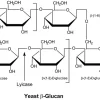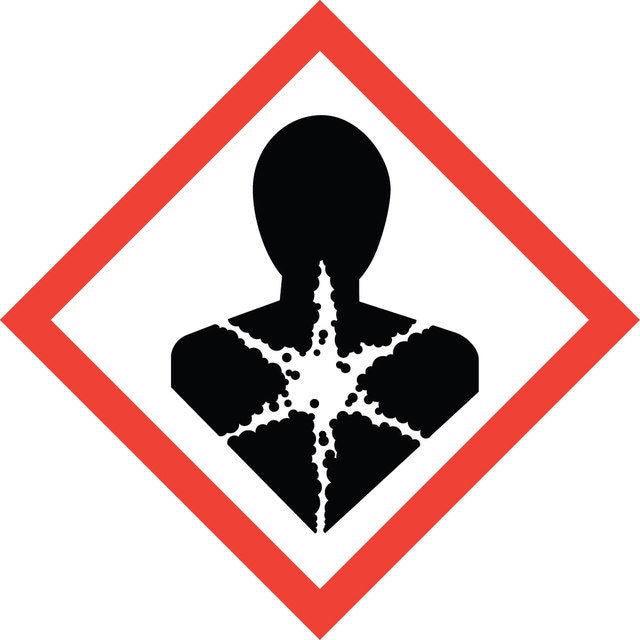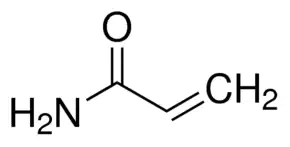- Empty cart.
- Continue Shopping

Lyticase from Arthrobacter luteus
free of DNA contaminants, suitable for Microbiome research, ≥2000 units/mg protein, lyophilized powder
Synonym(s):
(1,3)-β-D-Glucan endohydrolase, 1,3-β-Glucan glucohydrolase
Properties
biological source
bacterial (Arthrobacter luteus)
form
lyophilized powder
specific activity
≥2000 units/mg protein
feature
DNA free
shipped in
dry ice
storage temp.
−20°C
Description
General description
Yeast cells are difficult to disrupt because the cell walls may form capsules or resistant spores. DNA can be extracted from yeast by using lysing enzymes such as lyticase, chitinase, zymolase, and gluculase to induce partial spheroplast formation; spheroplasts are subsequently lysed to release DNA. Lyticase is preferred to digest cell walls of yeast and generate spheroplasts from fungi for transformation.
Reported to be useful for lysis of Ashbya, Candida, Debaryomyces, Eremothecium, Endomyces, Hansenula, Hanseniaspora, Kloeckera, Kluyveromyces, Lipomyces, Metschikowia, Pichia, Pullularia, Torulopsis, Saccharomyces, Saccharomycopsis, Saccharomycodes, and Schwanniomyces species.
Purified Lyticase SAE0098 undergoes strict quality control testing to ensure the absence of detectable levels of contaminating DNA using 35 cycles PCR amplification of 16S and 18S rDNA using universal primer sets.
Reported to be useful for lysis of Ashbya, Candida, Debaryomyces, Eremothecium, Endomyces, Hansenula, Hanseniaspora, Kloeckera, Kluyveromyces, Lipomyces, Metschikowia, Pichia, Pullularia, Torulopsis, Saccharomyces, Saccharomycopsis, Saccharomycodes, and Schwanniomyces species.
Purified Lyticase SAE0098 undergoes strict quality control testing to ensure the absence of detectable levels of contaminating DNA using 35 cycles PCR amplification of 16S and 18S rDNA using universal primer sets.
Biochem/physiol Actions
Lyticase hydrolyzes poly-β(1→3)-glucose such as yeast cell wall glucan.
Unit Definition
One unit will produce a ΔA800 of 0.001 per min at pH 7.5 at 25 °C, using a suspension of yeast as substrate in a 3 mL reaction mixture.
Safety Information
Signal Word
Danger
Hazard Statements
Precautionary Statements
Hazard Classifications
Resp. Sens. 1
Storage Class Code
13 – Non Combustible Solids
WGK
WGK 3
Flash Point(F)
Not applicable
Flash Point(C)
Not applicable
























